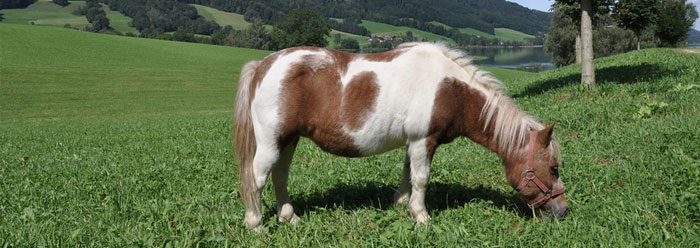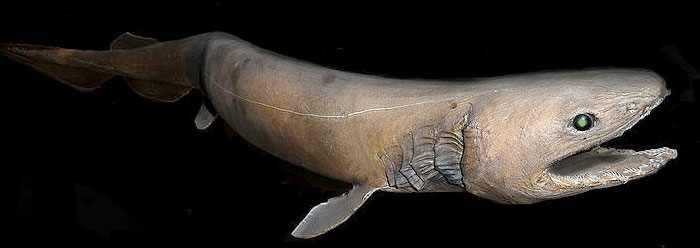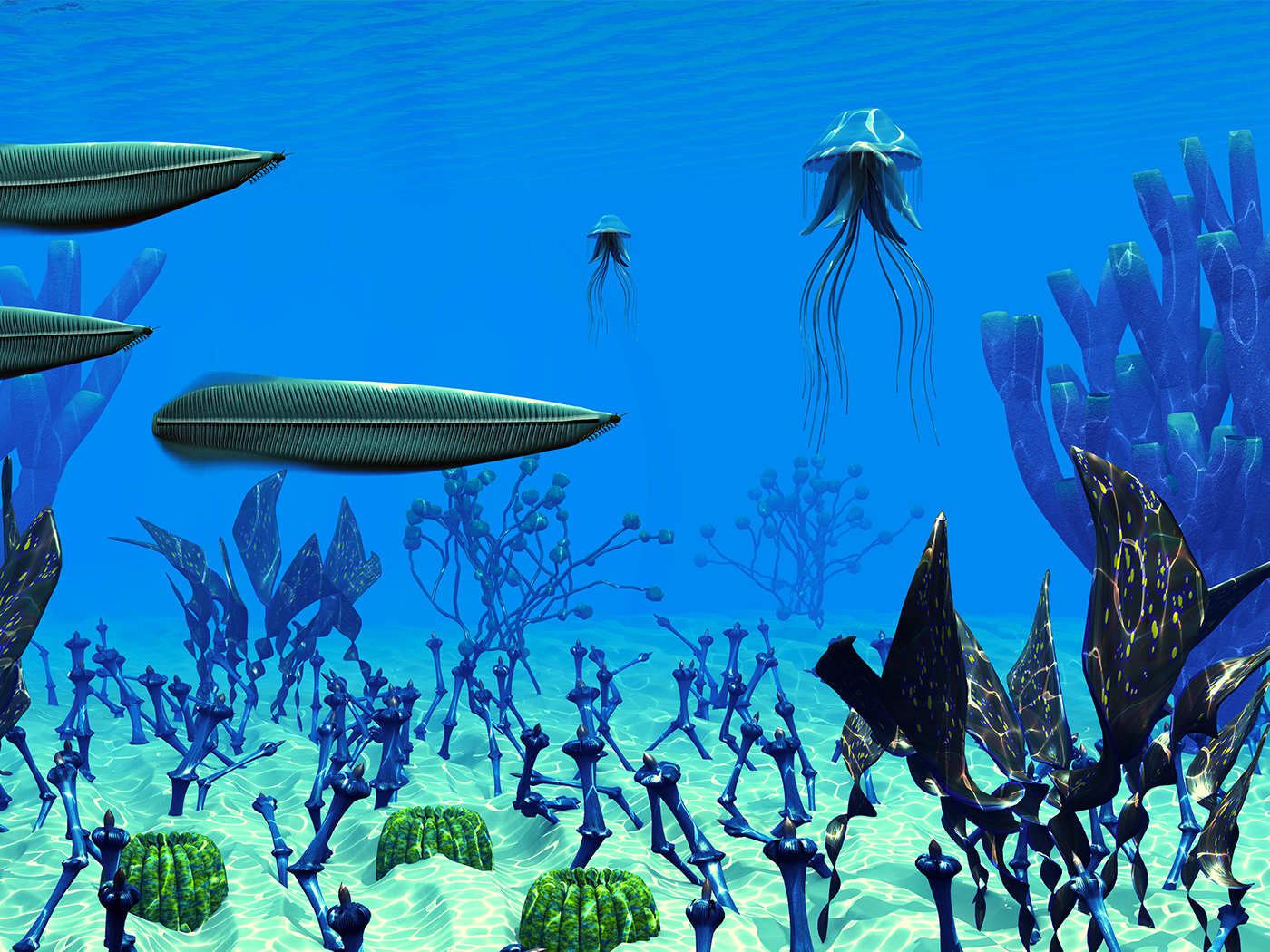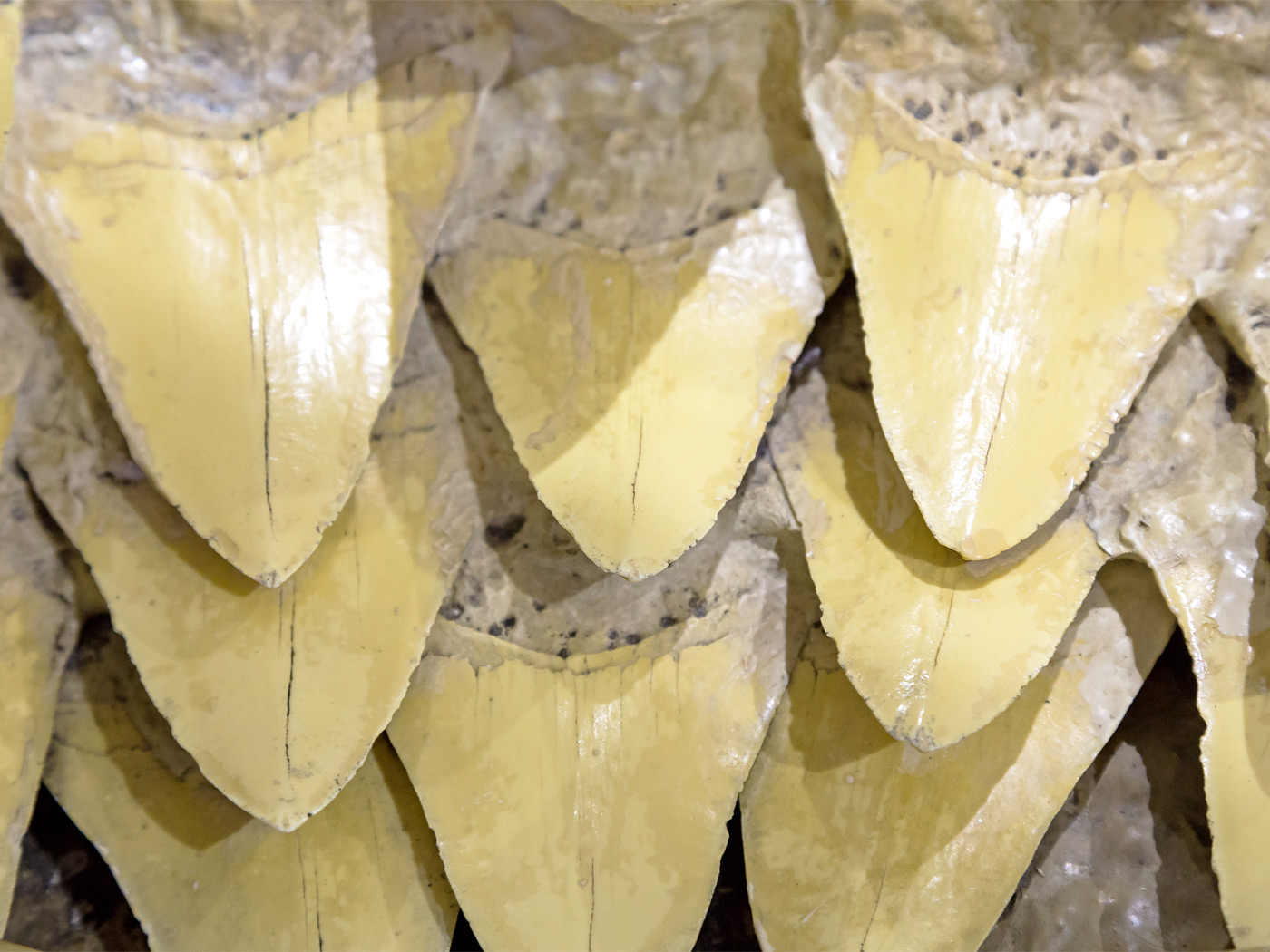The Guinness Book of World Records is renowned for its collection of odd feats and extraordinary measurements. One of its entries may someday be a young miniature stallion named Einstein, which promises to rewrite the record as the smallest horse ever.
The tiny foal weighed just six pounds at birth and stood 14 inches high.1 Even when full-grown, he would be utterly dwarfed by the record-holding largest horse, appropriately named Mammoth, who lived in the 1800s and stood at over seven feet tall. How can the same living kind display such a broad disparity in size?
And horses aren't the only creatures that show this extreme variation. For a time, a dog named Gibson held the height record for canines. He was video-recorded alongside the world's smallest dog, Boo Boo, who stood barely as tall as Gibson's wrist bones.2 Similarly, the tallest living man--at over eight feet--and the shortest--at under two and a half feet--were photographed side by side at a Guinness event.3
So, extreme size variations are observed in living creatures today. But it's curious that when fossils bearing these differences in size are discovered, paleobiologists tend to grant new "species" names to the finds and sometimes parade them as evidence for big-picture evolution.
Indeed, this happened only a few years ago with the discovery of remains from a small skull in the Philippines. It was given a new species name, Homo floresiensis, and has been the subject of heated debates over its identification as a human and how it fits into the purported story of human evolution.4 What if Homo floresiensis is simply a small variety of man?
In a similar vein, the "horse series," which has been a vital icon of evolution for probably a century, displays a number of similar forms that--since horse varieties of differing sizes are found together in various parts of the fossil record--do not line up into the small-to-large evolutionary sequence that textbooks erroneously portray.5 The series primarily consists of fossil horses of different dimensions, all of which are well within the size ranges of varieties that are still alive today. No evolution occurred--just variation. No new and fundamental organs or body structures are among the remains--just fully-formed horses.6
The extreme variations in size among certain living creatures may make it impossible to build a broad-scale evolutionary story based on fossils of different size alone. On the other hand, creatures that are capable of producing a wide range of small-to-tall descendants would be consistent with the actions of a Creator who gave His reproducing creations the ability to fulfill His command to multiply and fill the earth's many environmental niches.7
References
- Pint-Sized Pinto Born in New Hampshire May Be World's Smallest Horse. Fox News. Posted on foxnews.com April 26, 2010, accessed April 26, 2010.
- Tallest and Smallest Dogs Meet. Guinness World Records online video. Posted on guinnessworldrecords.com, accessed April 26, 2010.
- The shortest man, He Pingping of China, unfortunately died in March 2010. The image is available at guinessworldrecords.com.
- Thomas, B. New ‘Species' Was Just a Tiny Human. ICR News. Posted on icr.org December 31, 2008, accessed April 27, 2010.
- Morris, J. 2008. The Mythical Horse Series. Acts & Facts. 37 (9): 13.
- Some extinct varieties of horses had three toes, not just one. But this difference in the number of toes fails to account for how hoofed toes were invented in the first place. And Julius Caesar's horse, Bucephalus (probably named after Alexander the Great's favorite horse), was three-toed, showing that this trait was only bred out of the horse kind in recent history.
- Genesis 1:28.
* Mr. Thomas is Science Writer at the Institute for Creation Research.
Article posted on May 6, 2010.























